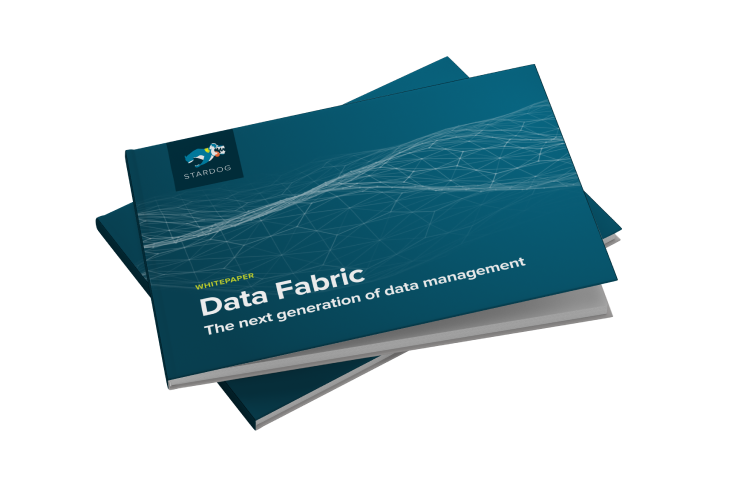Data Fabric: The Next Generation of Data Management
Build a data fabric to power collaborative, cross-functional projects and products. Escape reactive workflows with a resilient digital foundation.
Free downloadSeamlessly upgrade to a data fabric
Data integration platforms are designed to combine data sources that were originally created separately so that they can be used together.
Most data integration systems are supported by relational data frameworks, i.e. the tabular systems you likely are familiar with from everyday use. Relational data frameworks are ideal for stable business processes where you are dealing with unchanging reporting requirements. But what works for your data warehouse doesn’t necessarily work for large-scale integration. Today, data and analytics leaders need to quickly support iterative question and answer cycles from the business and easily uncover new insight from their data. Data management practices must be able to support unanticipated questions to quickly deliver insight to the business.
Data integration is further challenged by data that is increasingly hybrid, varied, and changing. The emergence of IoT, increasing analytics requests and rising complexity of ETL jobs all contribute to the need for a more flexible solution.
Data fabrics have emerged as a modern solution to address the data needs of today’s organizations, which are awash in data and need a rapid and repeatable way to ingest, clean, and integrate data to accelerate insights. Data fabrics provide the solution to uncovering new relationships in data and answering complex queries on live data.
Knowledge graph is the key enabling ingredient to a data fabric, providing a flexible data layer that dynamically delivers data across the organization. Stardog’s Enterprise Knowledge Graph represents information of any form or structure, providing a truly universal view of all the information that matters most to a business.
Our customers use our Enterprise Knowledge Graph platform to develop a data foundation of consolidated, semantically enriched data. With our virtualization capability, they can connect this data regardless of the source location and avoiding costly ETL processes.
Build a data fabric to power collaborative, cross-functional projects and products. Escape reactive workflows with a resilient digital foundation.
Free download